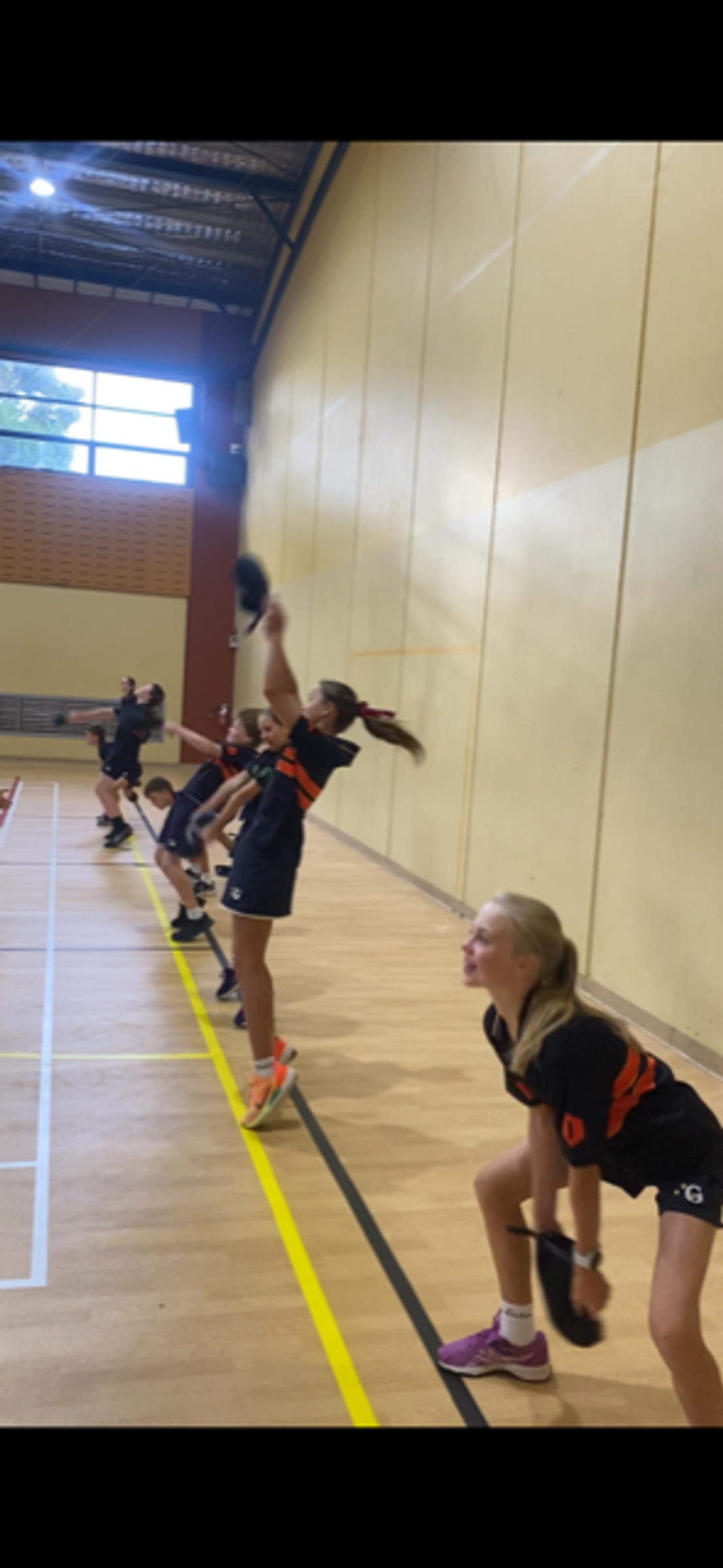Sports Excellence Program

The Long-Term Athlete Development (LTAD) model is a framework for the development of athletes in different sports based on their age, development, and ability levels. The LTAD model provides guidelines for coaches and parents to optimise athletes' physical, emotional, and social development while also improving performance.
The LTAD model has seven stages, each with its unique focus and objectives:
- Active Start (0-6 years):
- FUNdamentals (girls 6-8, boys 6-9)
- Learn to Train (girls 8-11, boys 9-12)
- Train to Train (girls 11-15, boys 12-16)
- Train to Compete (girls 15-21, boys 16-23)
- Train to Win (girls 18+, boys 19+)
- Active for Life (all ages)
The focus during the 5-8 Emerging Athlete Program sits within the Learn to Train, and Train to Train stages; During these stages, athletes develop the physical, technical, and tactical skills specific to their chosen sport. We begin to introduce basic sports-specific skills towards the end of our first year. From the second year onwards, once students have learnt the basics, the focus is on improving technical proficiency and building overall athleticism through a variety of training methods.
The LTAD model emphasises the importance of providing appropriate training, competition, and recovery for athletes at each stage of their development to maximise their potential and ensure a lifelong love of sport. An example of this approach is seen in the photo where our first-year athletes completing an overhead sandbell toss. To them, it is a fun game to see how high they can throw an object, but to the coaches, they are performing an exercise that targets triple-extension.
Triple extension is a term used in many sports, particularly in weightlifting, powerlifting, and various athletic events, to describe the simultaneous extension of three joints: the hip, knee, and ankle. This movement is essential for generating maximum power and explosiveness in many sports, especially those that require jumping, throwing, or sprinting.
Triple extension is crucial for jumping and sprinting in track and field events. Athletes who can effectively triple-extend their joints can generate more power and speed, translating into longer jumps and faster sprints. Overall, triple extension is a fundamental concept in many sports and is an essential component of powerful and explosive athletic movements. In our photo above, students can be seen performing an overhead toss. The sandbells are small enough (3-4kg) to elicit a response from our athletes whilst being light enough to maintain velocity throughout the movement.
We’ve now got over 200 athletes In the Sports Excellence Program from Years 5-12. If you would like your child to get involved or would like some more information, please send me an email.
Mr Ben Furphy

